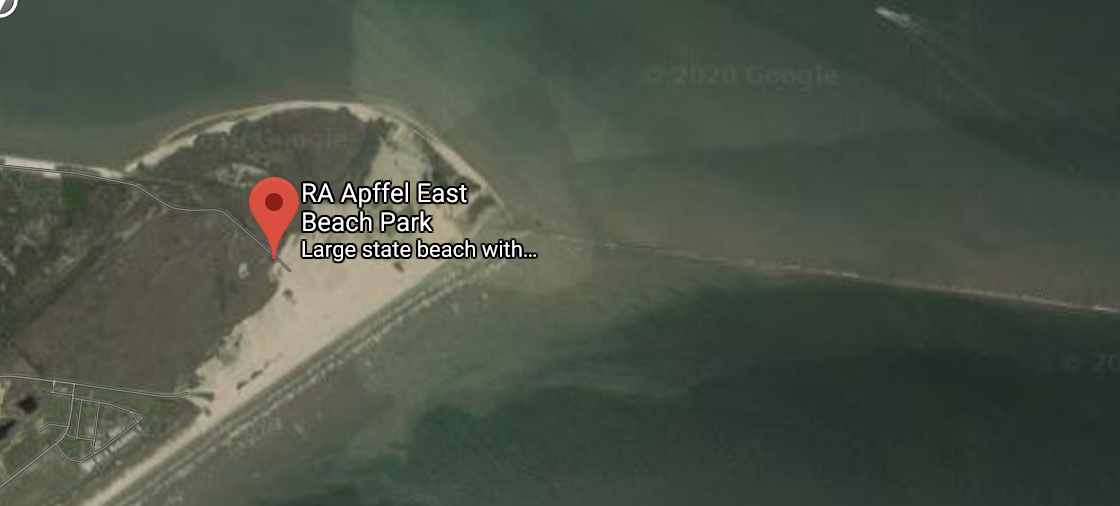When the Carnival Triumph cruise ship broke loose from the Alabama Cruise Terminal with approximately 800 crewmembers and workers still onboard in early April, it was just the latest in a series of highly publicized maritime incidents taking place in the past several months. Earlier this year, an engine on the Carnival Triumph, which set sail from Galveston, Texas, caught fire and left the cruise ship without electricity and adrift in the Gulf of Mexico for four days. With no air conditioning, cold food, and toilets that would not flush, conditions on the ship became potentially toxic for the more than 4,200 passengers and crew aboard the ship. In fact, at least 16 Texans that were aboard the Triumph that sailed out of Galveston, Texas, are suing Carnival Cruise Lines for exposing them to unsafe, unsanitary and unreasonable living conditions for five days.
Unfortunately, fires, mechanical malfunctions, norovirus outbreaks, and even the sinking of ships have been occurring with increased frequency. In fact, the same week that the engine fire ignited on the Carnival Triumph in February 2013, three other Carnival ships became disabled following mechanical malfunctions. In addition, since November 2010 more than 10 cruise ship fires have been reported in the media. This number does not even account for the minor, and still potentially dangerous, fires that are not reported to the media.
While the United States has been attempting to address issues regarding cruise ship passenger safety through congressional hearings during the past decade, regulation can be difficult since many major cruise lines are incorporated in foreign countries and thus avoid U.S. labor laws and safety regulations. Moreover, though cruise ships are supposed to file guidelines set forth by the International Maritime Organization, the organization does not have the authority to enforce its own guidelines or impose fines. As a result, unlike the U.S. commercial aviation industry, which is under the tight supervision of the Federal Aviation Administration, cruise lines go largely unregulated.
Despite this overall lack of supervision, however, the Vessel Sanitation Program (VSP) at the Centers for Disease Control and Prevention (CDC) provides some oversight by carrying out unannounced inspections of cruise ships, monitoring and controlling the introduction, transmission, and spread of gastrointestinal illnesses on cruise ships, and providing health education to the cruise ship industry and general public. The VSP has jurisdiction over all cruise ships with over 13 passengers that have a foreign itinerary with U.S. ports.
In 2012, the CDC reported at least 16 norovirus outbreaks. In response to the reported norovirus outbreaks, which cause vomiting and diarrhea, the VSP advises cruise ships to:
• Increase cleaning and disinfection procedures according to their outbreak prevention and response plan;
• Make announcements to both notify onboard passengers of the outbreak and encourage case reporting;
• Collect stool specimens from ill passengers and crew for submission to the CDC lab;
• Make twice daily reports of gastrointestinal illness cases to the VSP; and
• Consult with CDC on plans for future passenger notification procedures and disembarkation plans for active cases, and infection control procedures.
Continue reading →

 Texas Injury Lawyers Blog
Texas Injury Lawyers Blog


